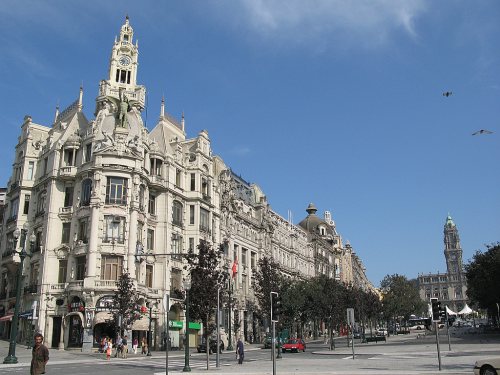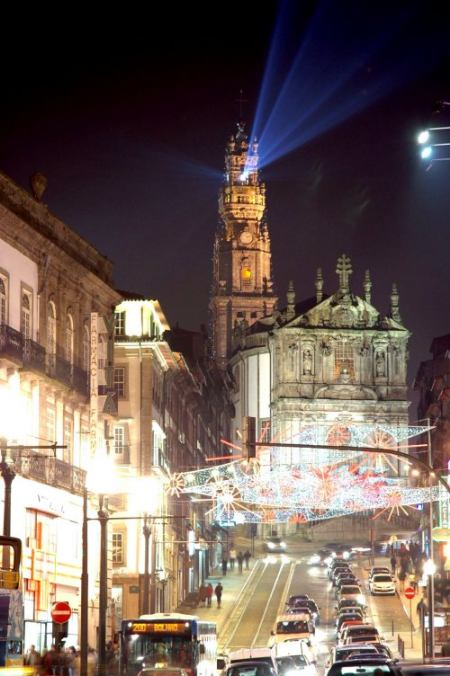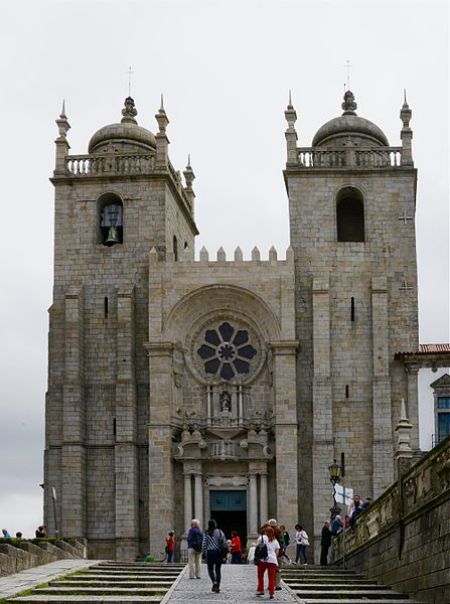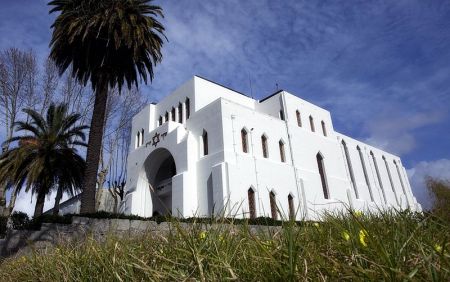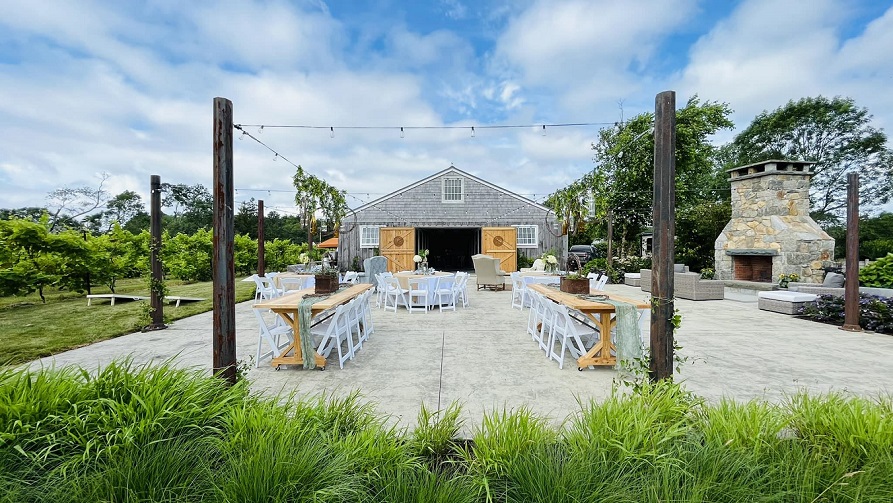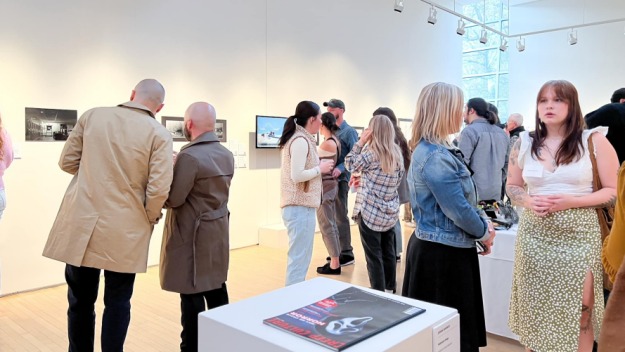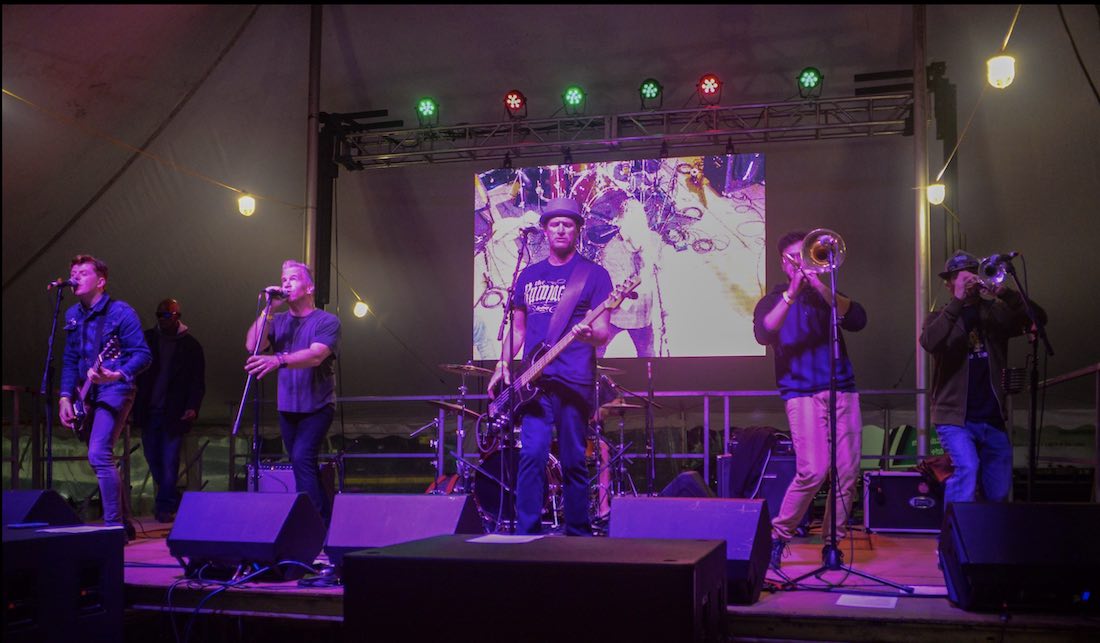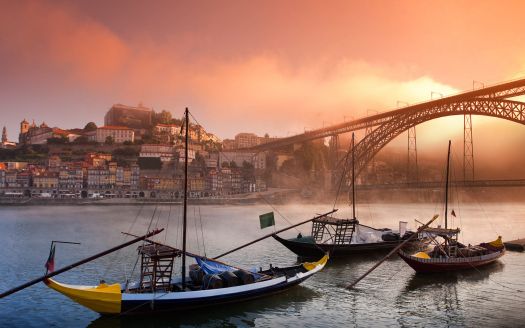
How does the sound of a trip to one of the world’s most beautiful, sun-shine filled port cities sound? What if that city was deemed by wine connoisseurs, travel experts, and casual travelers alike as the most beautiful wine regions on the planet? Not, “one of,” but “the” most beautiful? What if this city was chosen as the Best Destination in Europe for the past two years (2013-2014), won the Top Wine Producing Region in the World award, and even the Top Wine in the World award?
Sound good? Well, that’s just the start.
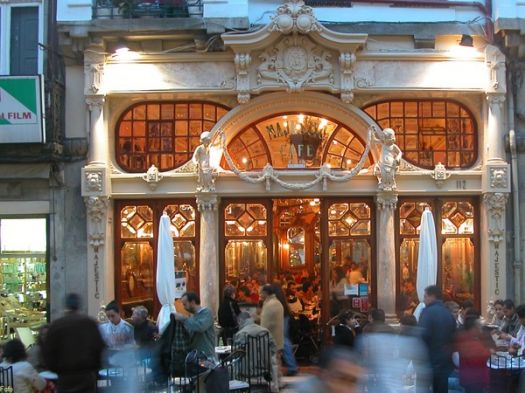
Imagine that the trip’s itinerary, travel, wine tastings, cruises, meals, and trips to the city’s key highlights – including UNESCO World Heritage Sites – were all arranged? Top all that off with the entire trip being led by experienced, friendly, and knowledgeable guides who know the city well and you have exactly the dream vacation that is being offered by the Whaling Museum, Chamber of Commerce, and Sagres Vacations.
The history of Portugal’s second largest city, Porto, goes back to the 4th century A.C.E. when it was occupied by the Romans who developed it as a commercial port due to its location on the Southwestern part of Portugal, and the fact that the Douro river empties into the Atlantic. Some time in the 8th century, the Moors would invade the Iberian Peninsula and rule over it for a century and a half.
Nobleman and Gallaecian, Vímara Peres, was sent by Alfonso III, King of Asturias, Léon and Galicia, to reconquer the west coastal fringe of Gallaecia – the swath of territory from the Minho River to the Douro River. Peres was successful and Alfonso III dubbed the territory, Condado de Portucale and the capital city was called Portus Cale in Latin. As the astute readers can see, this city would eventually provide the name for an entire nation. The city’s name would change over time, from Portus Cale to Porto the name it retains today.
Though wine-making has been around in the Douro Valley since the 5th century B.C.E. (by the Romans) it wouldn’t be until the mid-12th century that it would be made into a commercial enterprise by the monks of the Catholic and Anglican Cistercian order. By the 13th century wines produced in the valley would be transported to Porto down the Douro River using barcos rabelos, or flat, sailing vessels.
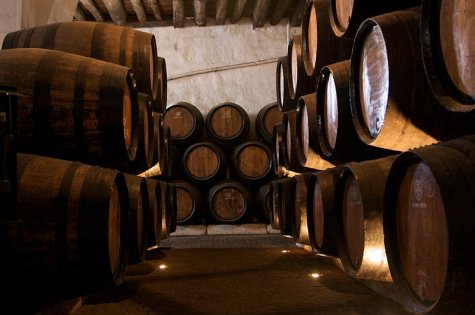
The Douro valley produced marvelous wines because of its geographic position, rich mountain soils, and Mediterranean climate. The Marão and Montemuro mountains serve as a buffer against the winds coming off the Atlantic and the Douro river, and its five tributaries provided the primary ingredient needed for wine, fresh water. The black grapes, e.g. Bastardo, Mourisco tinto, Tinta Amarela, Tinta Barroca, Tinta Cão, Tinta Roriz, produced the world famous Port wines, and the white grapes, e.g. Donzelinho branco, Gouveio, Malvasia Fina, Rabigato, and Viosinho, were the source of the popular table wines.
By the 14th century, Porto was a major European hub for commerce, trade, and shipbuilding. It would be the site of a royal marriage between John I of Portugal and Phillipa of Lancaster, England – forming the world’s oldest military alliance.
In the 15th century, Prince Henry the Navigator would use Porto as a base to launch further re-conquests of territories from the Moors in North Africa. This would set a precedence for Europe’s Age of Discovery; an era of exploration by legendary figures such as Bartolomeu Dias who would reach the Indian Ocean, Christopher Columbus, Vasco da Gama, and Ferdinand Magellan. Many lesser known Portuguese explorers like João de Santarém, Pedro Escobar, Lopo Gonçalves, Fernão do Pó, and Pedro de Sintra would make names for themselves.
The 18th century would place Porto on the “wine map,” and Porto would share its Port wine with the rest of the world to compliment the table wines they were already well-known for. Porto would prosper for centuries because of its naval culture, wines, and trade. Napoleon would send his troops to invade Porto in 1809, but because of their military and trade relationship with England, Napoleon’s troops would be rooted out by Anglo-Portuguese troops led by the 1st Duke of Wellington, Arthur Wellesley. Wellesley would use the barcos rabelos to transport his own troops across the Douro and flank the French army.

Porto helped Portugal establish its identity as a powerful nation, source of the world’s greatest navigators, pilots, cartographers, fishermen, shipbuilders, and explorers. This is something the Portuenses, as the citizens of Porto call themselves, have a great sense of pride about. The city of 1.4 million people has a deep, rich history and played a significant role in European, and world history.
Today, the city of Porto is a travel destination because of its rich history, intoxicating scenery, fabulous architecture, numerous bridges (it is often called City of Bridges), and the steep terraced, family-owned vineyards that line the banks of the Douro. It is a photographer’s, historian’s, and oenophile’s delight.
The 2015 Members’ Trip to Porto takes place September 11 – September 19, includes 7 nights’ accommodation at a 4 Star Hotel, round-trip air fare, private transfer to and from Logan Airport, 14 meals including welcome and farewell dinner and guided trips to many of landmarks. Here are just a few:
- Vineyards & Wine Cellars: Visit the family owned winery estates along the Rio Douro, that produce award-winning local Port and Douro certified wine. Enjoy private wine tastings and pairings with local cuisine. Visits include Taylors, the “home of Port Wine and Croft founded in 1588. At the Croft Estate you will have the chance to experience a vintage fire-opening ritual.
- UNESCO World Heritage Sites: Porto City Tour (Half Day), Douro Valley Tour (Full Day), Minho, Guimarães, Braga (Full Day), Monção, Viana do Castelo (Full Day).
- Sao Bento Train Station: Beautiful mosaics depicting the history of Portugal, adorn the inside facade of this train station in the city’s Baixa district. Started in 1900, Portuense architect José Marques da Silva, designed the French Beaux-Arts influenced building that was inaugurated in 1916.
- Cathedral Se do Porto: One of the city’s oldest monuments, the Romanesque cathedral was started in 1110 and wasn’t completed until the 13th century. Over the centuries the cathedral would undergo renovations and additions. Characterized by towers, buttresses, crowned with a cupola, a Baroque port, Romanesque nave and apse, crenelated arches, Gothic funeral chapel and cloister, silver altarpiece, and three red marble holy-water fountains, the cathedral is breathtaking to behold.
- Barco Rebelo cruises: Take a ride on the flat, sailing vessels that transported wines (and even troops!) for centuries. Enjoy a farewell dinner aboard the barco rebelo along the shores of the historic center of Porto.
- Lello Library: Built in 1906 by Antonio and Jose Lello, the Neo-Gothic and Art Deco library is considered the world’s most beautiful library. A posh red staircase, built-in wheelbarrow on rails, stain-glassed roof, carved wood ceilings, are just some of the architectural features of this ornate library.
- Ribeira District: Stroll through the medieval streets, arches and alleyways, old riverfront square with its two large fountains, and ancient buildings that make up the city’s old quarter. Stop in at a cafe and watch the barcos rebelos navigate the Douro, go shopping at the many shops, and dine at its world-class restaurants. See up close why the district was designated a World Heritage Site by UNESCO.
- Cafe Majestic: This iconic Art Nouveau cafe designed by architect João Queirózis , is a medley of marble, stone, and wood decorated with Flemish mirrors, marble, leather upholstery, and local art. Inside you will find a natural conservatory, patio, marble busts, and much more. For centuries, the Cafe Majestic was a destination for intellectuals, Bohemians, artists, musicians, and members of high society. Today, all are welcome to enjoy wine, tea, ice cream, coffee and othe rlibations. Sorry, no absinthe!
You can view the full itinerary by clicking here. $2,709 per person based on double occupancy (all taxes included). $500 non-refundable deposit due at time of booking. Reserve your spot by June 19th, 2015. For more information, please contact Ian Abreu at 508-999-5231, ext.24., or Caitlin McCaffery at 508-717-6816 or cmccaffery@whalingmuseum.org.

Offered by the Whaling Museum, Chamber of Commerce, and Sagres Vacations.
Phone: Ian Abreu at 508-999-5231, ext.24. or Caitlin McCaffery at 508-717-6816
EMail: iabreu@newbedfordchamber.com or cmccaffery@whalingmuseum.org
Website: whalingmuseum.org/programs/members-trip-to-porto-portugal-2015
 New Bedford Guide Your Guide to New Bedford and South Coast, MA
New Bedford Guide Your Guide to New Bedford and South Coast, MA





